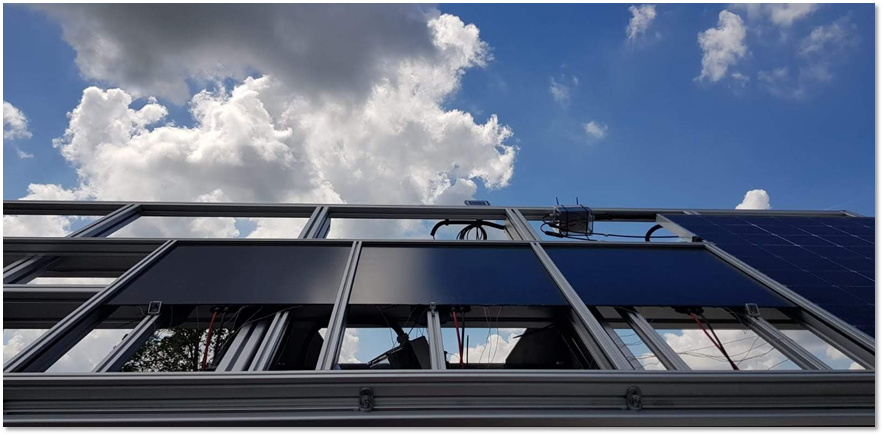BobTandem
Visit the project website: https://bobtandem.wordpress.com/
Multijunction designs are a promising road to improving crystalline silicon (c-Si) based solar cell efficiency well beyond 29%. Two terminal (2T) and four terminal (4T) designs have yielded the best results but suffer challenges due to tunnel junctions (2T) and grid alignment (4T).
The BOBTANDEM project proposes a new three terminal (3T) selective band offset barrier (SBOB) tandem integrating a high bandgap perovskite solar cell (PSC) on an interdigitated back contact cell (IBC) based on c-Si. It uses a SBOB, which prevents majority carrier transport from the high bandgap cell to the lower bandgap cell, while allowing minority carriers to be collected. This yields tandem efficiencies without tunnel junctions and grid alignment issues. The result is the collection of current at different potentials from top and bottom bandgap cells
The project includes researchers at the origin of the concept (GeePs CentraleSupelec / CNRS / EDF), leading PSC researchers (EPFL), IBC industrial partners managing mass production of the ZEBRA IBC cell in 2019 and researchers at the PVMD group of TU Delft deploying accurate optical modelling and comprehensive energy yield modelling of the 3T SBOB device. These researchers are brought together with the recently patented concept, which has been independently demonstrated in the field of infra-red detectors. These strong industrially-validated IBC and SBOB concepts yield a novel 35% efficient tandem device without the limitation of tunnel junctions, and without the complex optical interconnection issues of 4T designs.
People:
- Dr. Rudi Santbergen, Assistant Professor
- Dr. Olindo Isabella, Associate Professor
- Dr. Malte Vogt, Post Doctoral Researcher
Funding: Solar Era Net, RVO
Research Line: Adapting Photovoltaics Technology, High-efficiency Solar Cells

